Brooklyn Activists Rally to Save Neighborhood Character From Mayor's Development Plan
Brooklyn preservationists and Brownstoner readers were among the activists who turned out to protest the Mayor’s plan to wipe out existing height caps in Brooklyn’s historic row-house neighborhoods. The rally took place on the steps of City Hall in Manhattan yesterday afternoon just before a meeting of the City Planning department about the mayor’s plan….
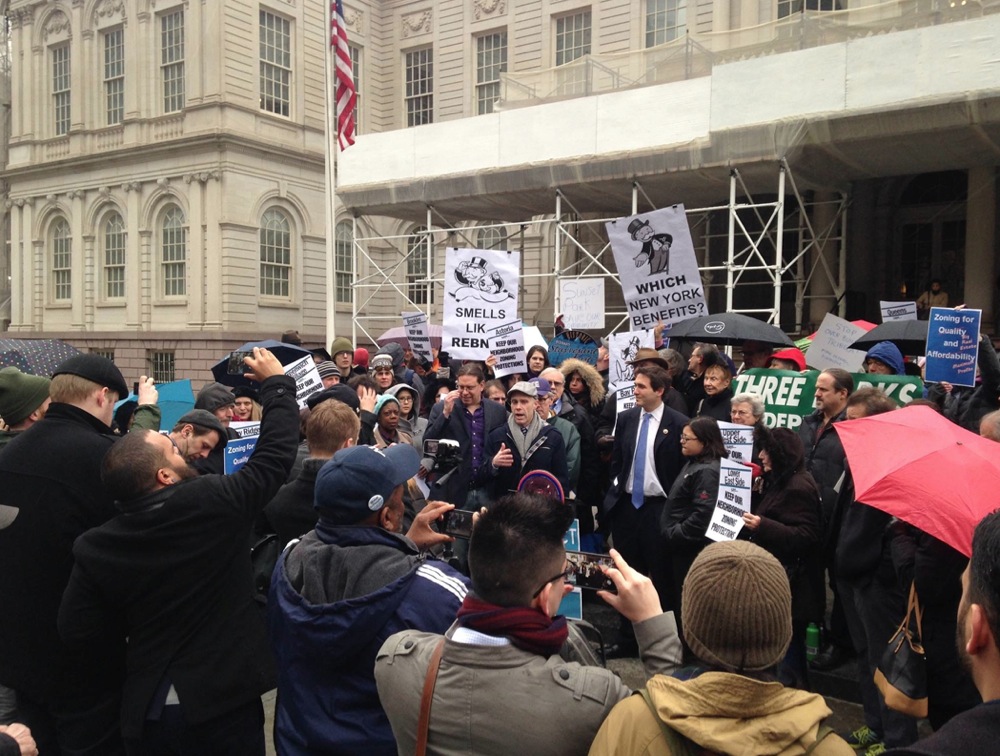

Brooklyn preservationists and Brownstoner readers were among the activists who turned out to protest the Mayor’s plan to wipe out existing height caps in Brooklyn’s historic row-house neighborhoods. The rally took place on the steps of City Hall in Manhattan yesterday afternoon just before a meeting of the City Planning department about the mayor’s plan.
The Mayor wants to change the building zoning code to raise building heights in “contextual zoning” and other areas by 15 to 30 percent and even more in some cases. The change is related to the Mayor’s affordable housing plan, but would apply to all enlargements and new buildings, not only ones with affordable and senior units.
The plan threatens the character of all of Brooklyn’s row-house neighborhoods — but especially the wealthy ones, where high land prices, sale prices, and rents make the areas especially attractive to developers.
“There was a great turn-out, with representatives from many neighborhoods that will potentially be affected by the zoning changes,” a Bed Stuy resident told us. “It was rainy and cold and miserable, but it didn’t dampen people’s enthusiasm. There were also some elected officials who spoke against the new zoning proposal. Unfortunately I was way in the back and couldn’t hear much.”
Did anyone else go? Anyone have more details to share?
Photo by Felicia Jamieson
Update: A spokeman for the Mayor’s office reached out to us about our two stories this morning about proposed changes to the zoning code. The specific wording of the proposed changes will not be available until the start of the public review process, so the proposals are, for now, somewhat vague. A variety of height changes are being proposed for different areas and different types of housing. Potentially, low- and medium-rise buildings in contextual zoning areas could see an increase of 5 to 15 feet in height, or one to two stories, he said. To see some examples of the proposed height changes, check out this PowerPoint presentation from City Planning from February. We have updated and corrected the story above.
Second update: Late this afternoon we received an email, also available on the web here, about the rally. It was organized by Greenwich Village Society for Historic Preservation, the Historic Districts Council, and Landmark West. You can also read the full text of their press release and see a video and photos of the event. The organizers estimate the Mayor’s proposed zoning changes would lift the height of new development “by as much as 31 percent” in contextual zoning districts — and even more for buildings with affordable and senior units.

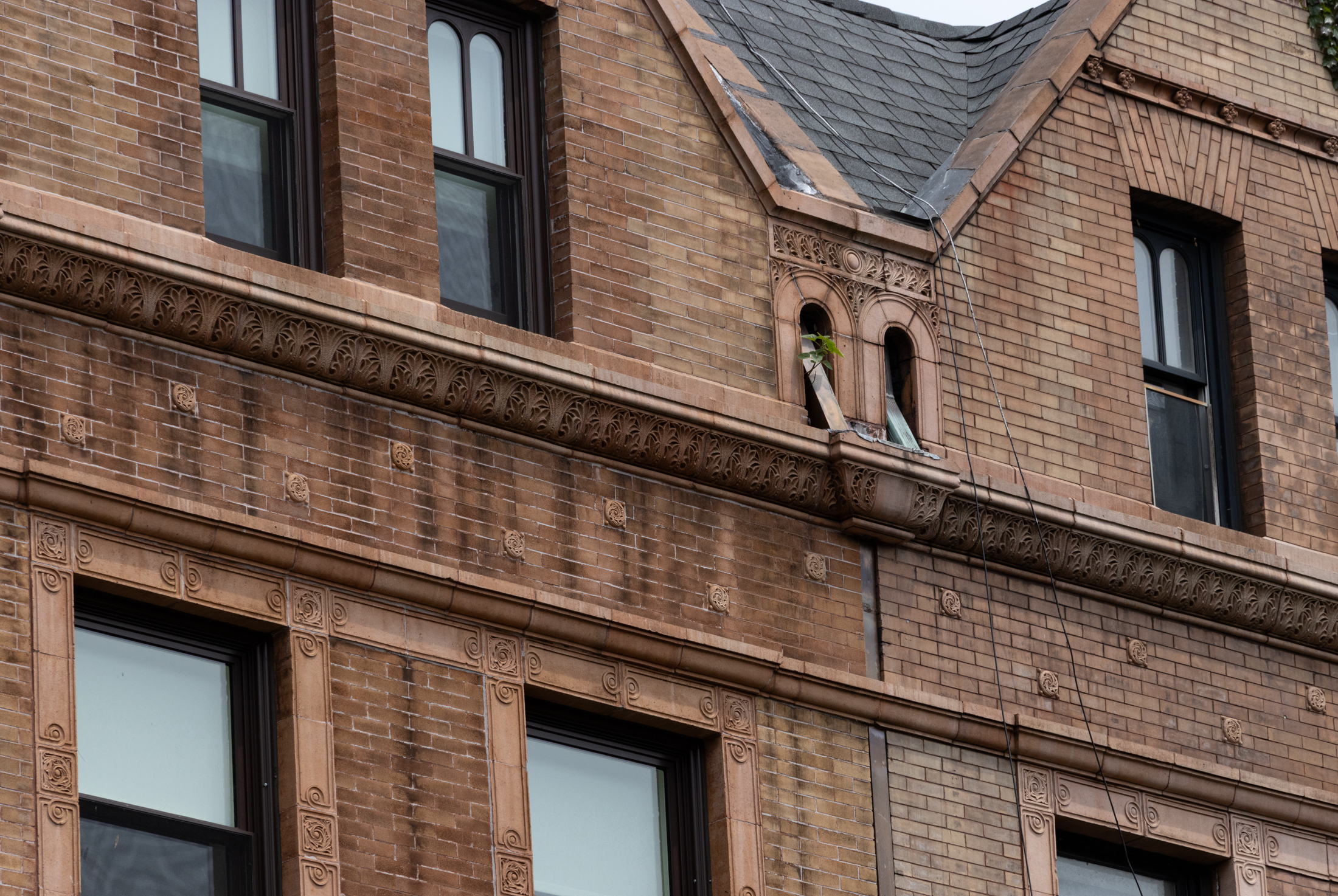
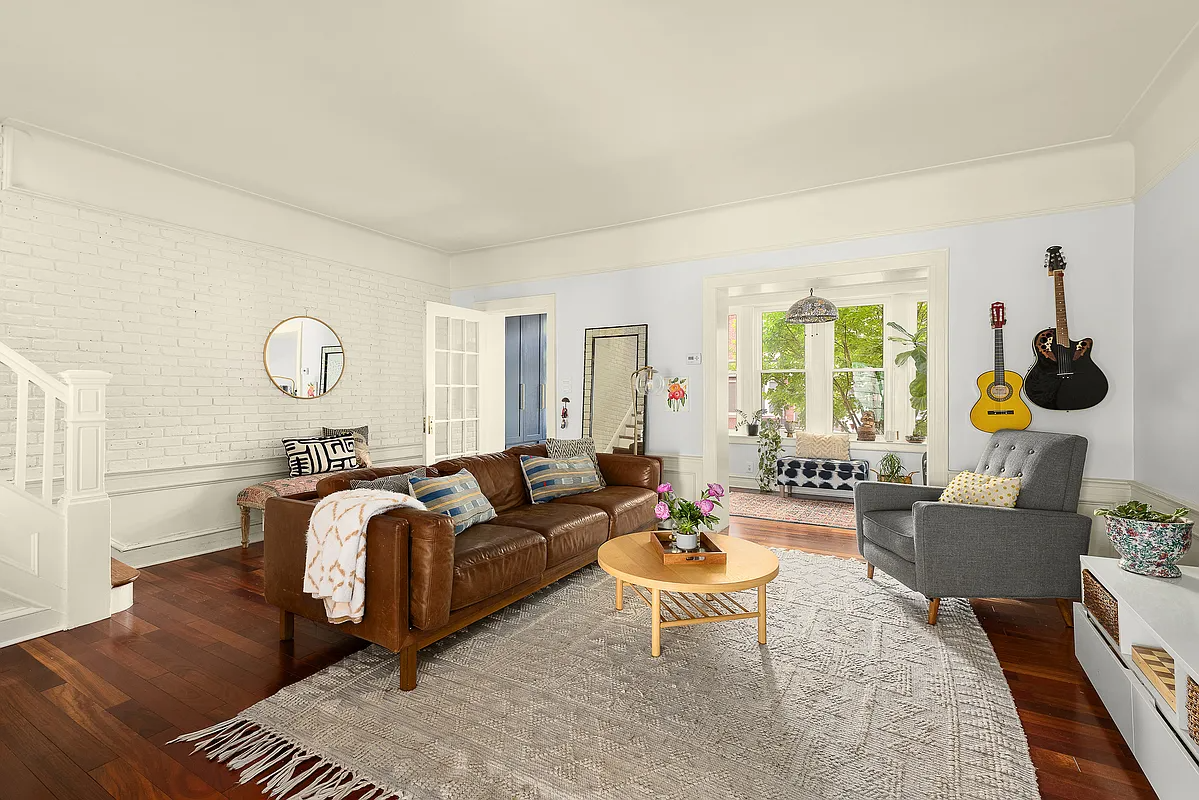
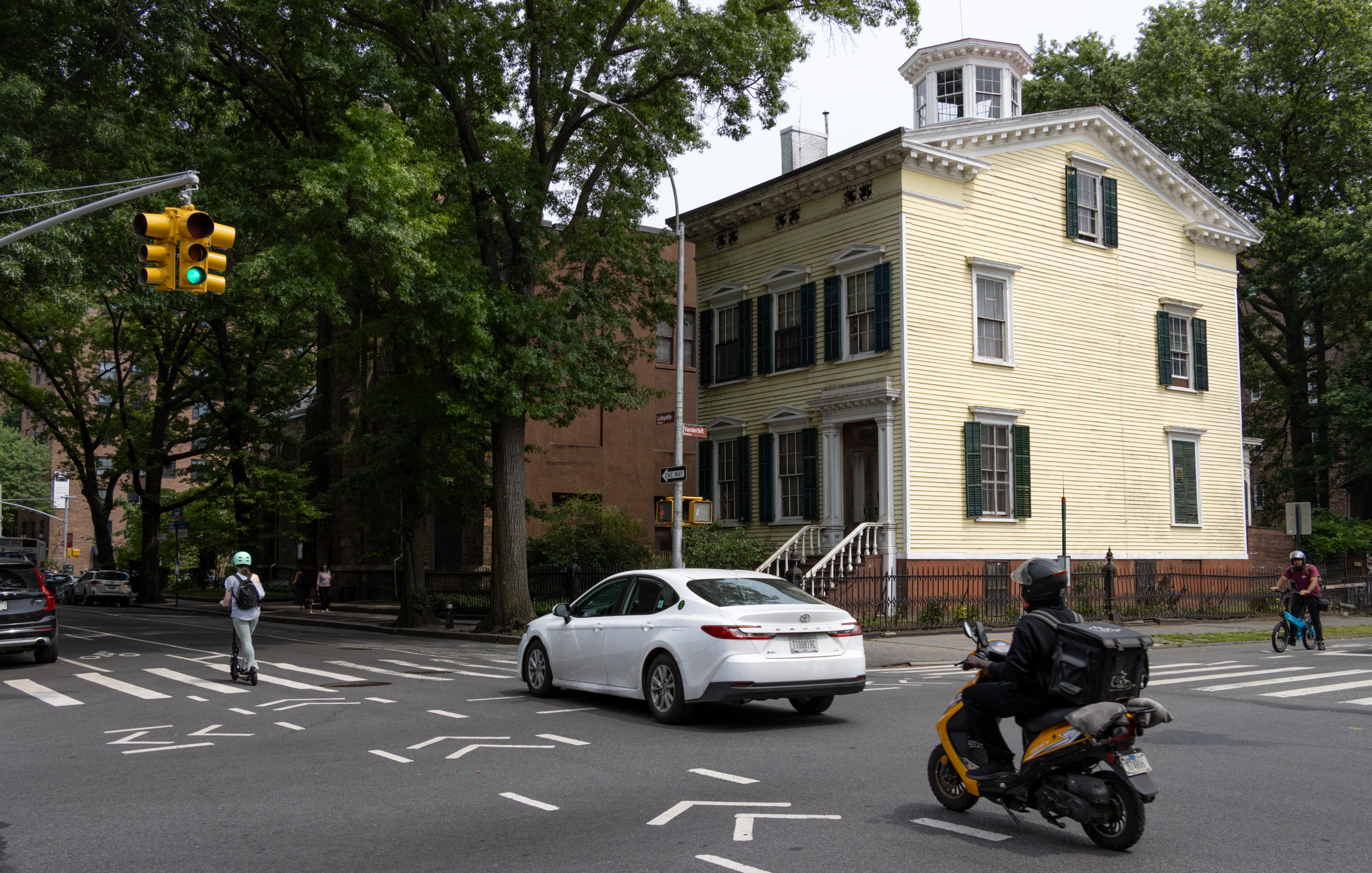
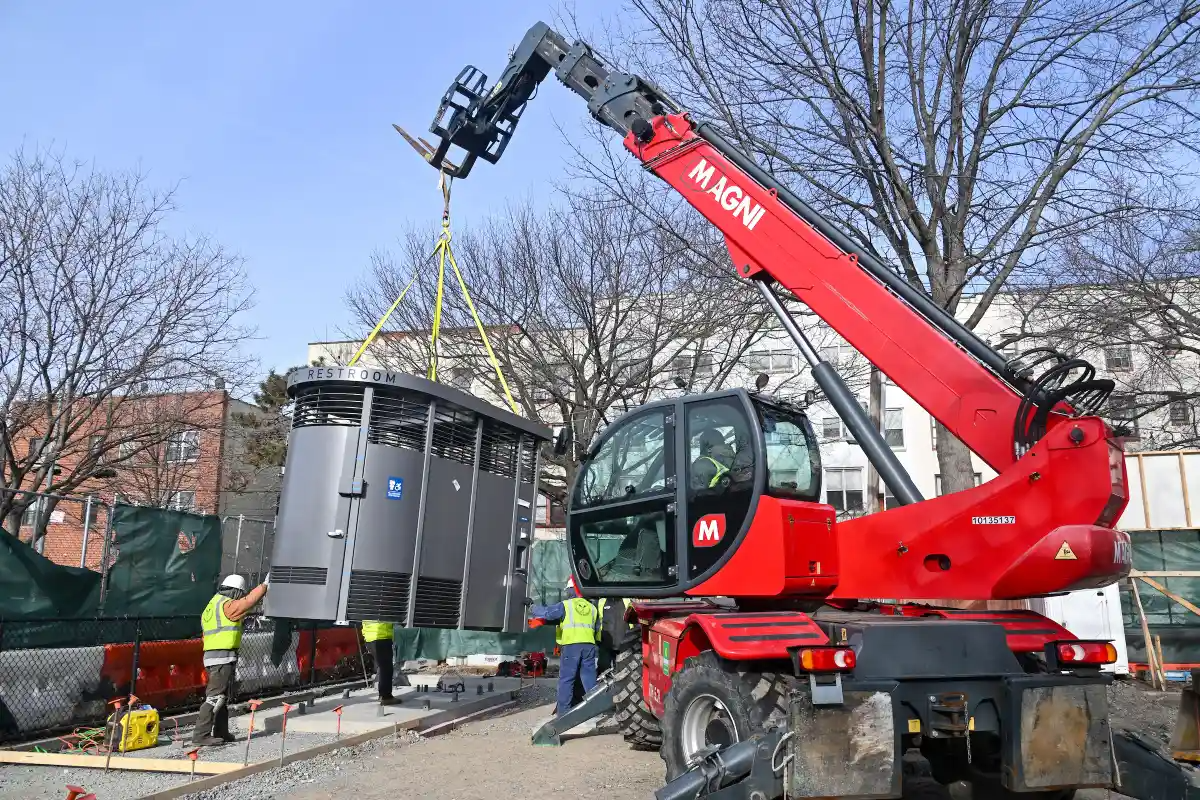
What numbnut DeBlasio turned out to be. He is driven by his rigid political ideology. He has allowed the so called liberal Nazi to run allover him; not permitting him to think for himself. These new transplants acts as if they own this borough. They’ve gotten their way with bike lanes and bike parking spaces. Taking over the streets to the point where there is little room to drive or spaces to park.
And does anyone know what contextualized development is?
And as far as height caps are concerned has anyone been to Williamsburg lately? High rise liter that ugly neighborhood. And what exactly does contextualized development mean anyway-These money hungry land
wut
From the above comments, there is to be little to no discussion about the possible horrific changes that could come to landmarked areas in Brooklyn and what could be done about them, only smug recriminations of people who always hated deBlasio?
Does anyone who is done chuckling at how “right”(Lhota!) they were, anyone were who actually lives here in Brooklyn, and anyone doesn’t want to see our borough be “Manhattanized,” have any contructive ideas? Hmm?
De Blasio is incompetent and an idiot, I gasped when he was elected by some fools, I never liked him, ever.
Upzone Park Slope and Brooklyn Heights. 🙂 That would slow the gentrification and displacement in other areas.
No..this city is overcrowded. We can’t keep squeezing people into already densely populated areas. Some people simply need to move and make space for others.
There are people coming here from other States and moving right into homeless shelters so they get first dibs on affordable apartments.
Or guys like you who try to shame people into speaking out against what we see taking place
Obamacare > insurance fraud
They have actually published exactly what the changes to the height limits would be. Look at the FAQs on the website.
http://www.nyc.gov/html/dcp/html/zoning-qa/zoning-for-affordability-faq.shtml